8 Tips for Tackling India's Frozen Zanskar Trek

What's the best way to do a frozen river trek in India's highest plateau region, on the other side of the Himalayas? An outdoor enthusiast and social activist treks the "Chadar" on the frozen Zanskar river, and shares her tips.
Heading for the Chadar trek this winter? The chadar (Hindi for blanket) refers to the frozen-over Zanskar river, used as a means for the inhabitants of the otherwise cut-off former Buddhist Tibetan kingdom domiciled upriver, to reconnect with the world during the months of January and February, when the ice is at its strongest. With its elevation of between 3500 to 7000m (11,500 to 23,000 feet), parts of the Zanskar in Ladakh are considered some of the coldest continually inhabited places in the world. Arctic conditions prevail this time of year: from minus 15 to minus 24 degrees C in daytime, with the mercury dipping to minus 30 degrees C at night.
Not sure what gear to pack, and how to keep warm? We have got you covered!
#1 Gumboots vs crampons vs trekking shoes
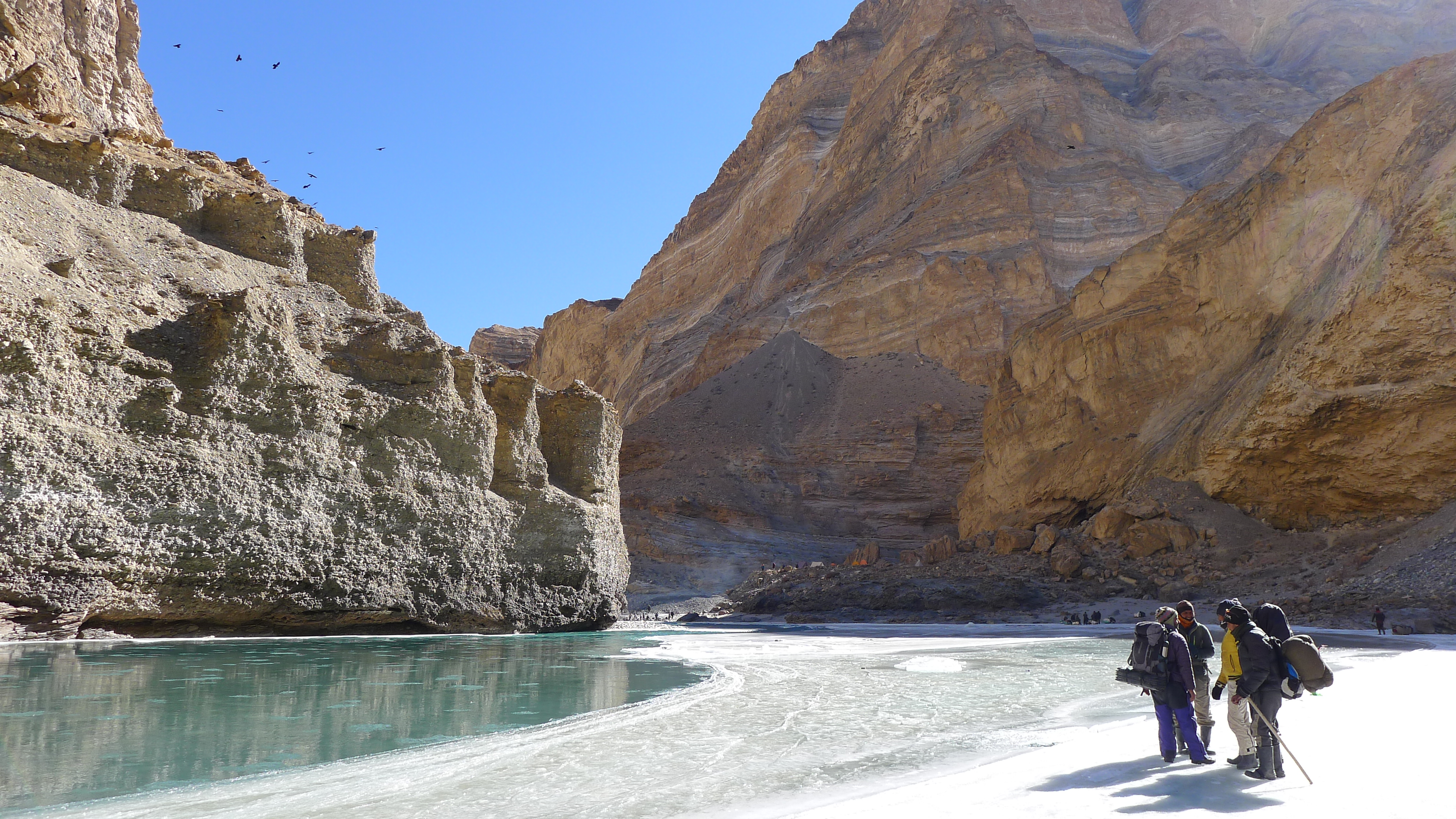
Crampons affixed to hiking shoes appear to have the most traction, with the least falls on the ice. However, the local guides are not overly enamoured of crampons as they fear the damage done to the chadar: one cannot then see the layers of ice and pebbles beneath, once the top layer has been riddled with marks left behind by the crampons. Gum boots are very popular for the trek, providing a reasonable amount of traction. Trekking shoes come a distant third. Both crampons and gumboots are available for hire in Leh. On hindsight, I would have picked the crampons rather than the trekking shoes I was wearing.
#2 Keeping warm
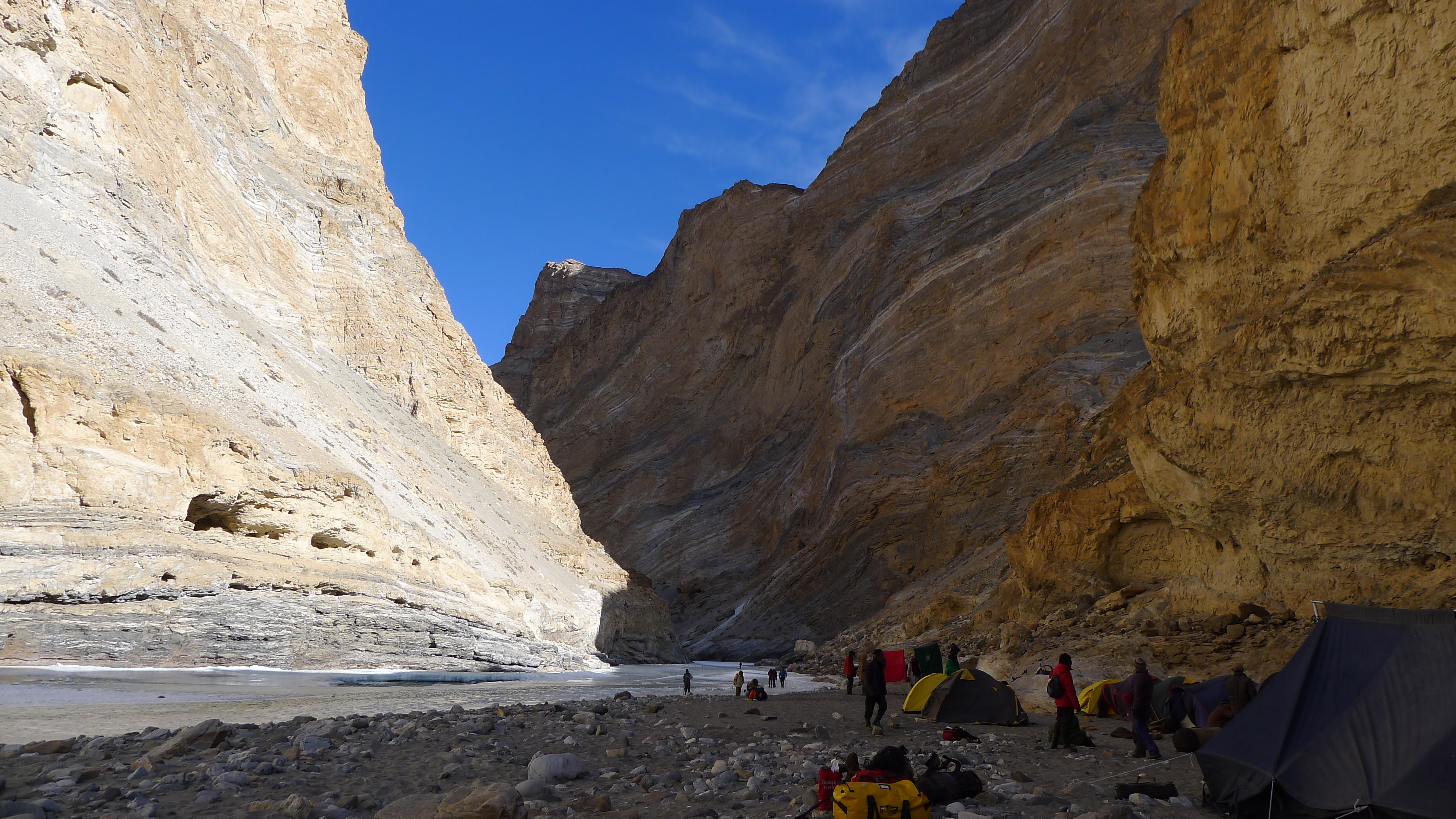
Most of us had on four layers: a base layer, a down jacket and a windbreaker which is waterproof and has a fleece lining. For the bottom, a base layer, thermal underpants and waterproof ski pants, or waterproof pants with a fleece lining, should suffice. Ideally, your tops should have zips down the front, so you can unzip them as the day grows progressively warmer. Avoid using cotton – they absorb sweat too readily and can cause problems like blisters etc. Use moisture-wicking fabric like silk, wool and polypro.
Bring a woollen hat. Especially important are base gloves – thin ones to be worn inside your usual outdoor waterproof gloves. They are useful for tying shoelaces, blowing your nose and taking photographs, all without exposing your fingers to the elements. I find that a pair of socks is sufficient for the day’s trek as you get warmed up.
This is essential to getting a good night’s sleep in Arctic conditions and ensuring that you are all fresh for the next day’s trek: bring along chemical heater packs – one for each foot at night (do not put them in direct contact with your skin, so put the sachet in between two layers of socks for each foot). If you are travelling with a commercial tour operator, bear in mind that the sleeping bags that they supply may not be of the best quality. Bring along a hot water bottle which you can use to keep your sleeping bag warm at night. Use a silk liner inside your sleeping bag for the same reason.
#3 Weather
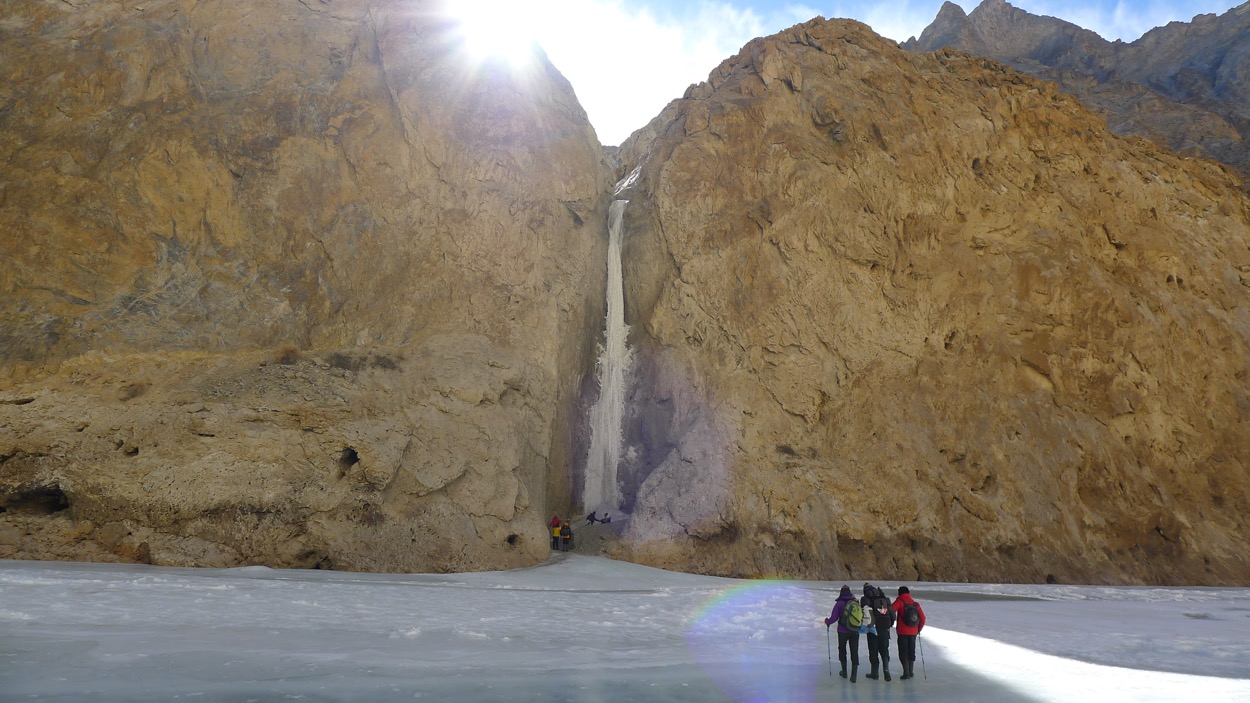
Everything freezes in the Arctic-like weather, so avoid bringing lip balms or sunscreen which come in tubes/bottles with narrow openings. Opt for small bottles – the type you get from hotels – with a reasonably wide opening. I witnessed the porters warming their shoes by the fire sometimes in the mornings. At night, store everything away in your backpack, keeping only the bare essentials by your sleeping bag, such as your eyewear, headlamps etc. Wet wipes and water bottles get frozen if left out within a tent, so store these away carefully!
Bring along thermos flasks for storing hot water. I used my rolled up outer jacket with the fleece lining as my pillow and placed it inside my sleeping bag every night. Any clothes left out inside the tent may have bits of ice in the morning – not the best to get into at dawn temperature of minus 24 deg C!
#4 Safety first!
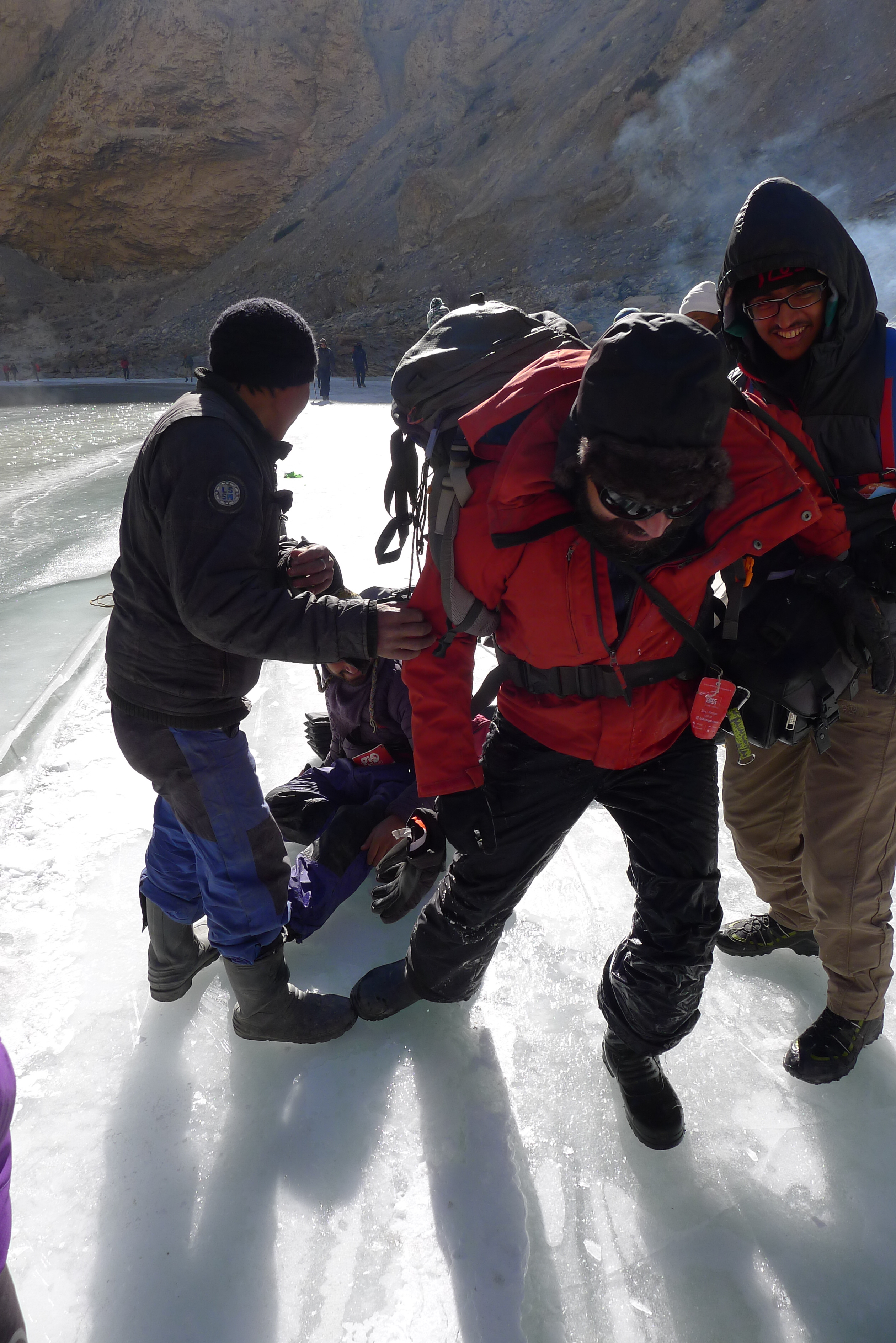
Follow the instructions of your guide carefully. The ice keeps melting and shifting due to the varying weather conditions. Do not be alone and forge your own path. Unless you have lived in similar Arctic conditions, you would not have had the experience of judging whether the ice is thick and safe enough to traverse. One local man died when he fell through the ice six years ago. His body was fished out at the confluence of the Zanskar and Indus rivers.
#5 Sunglasses
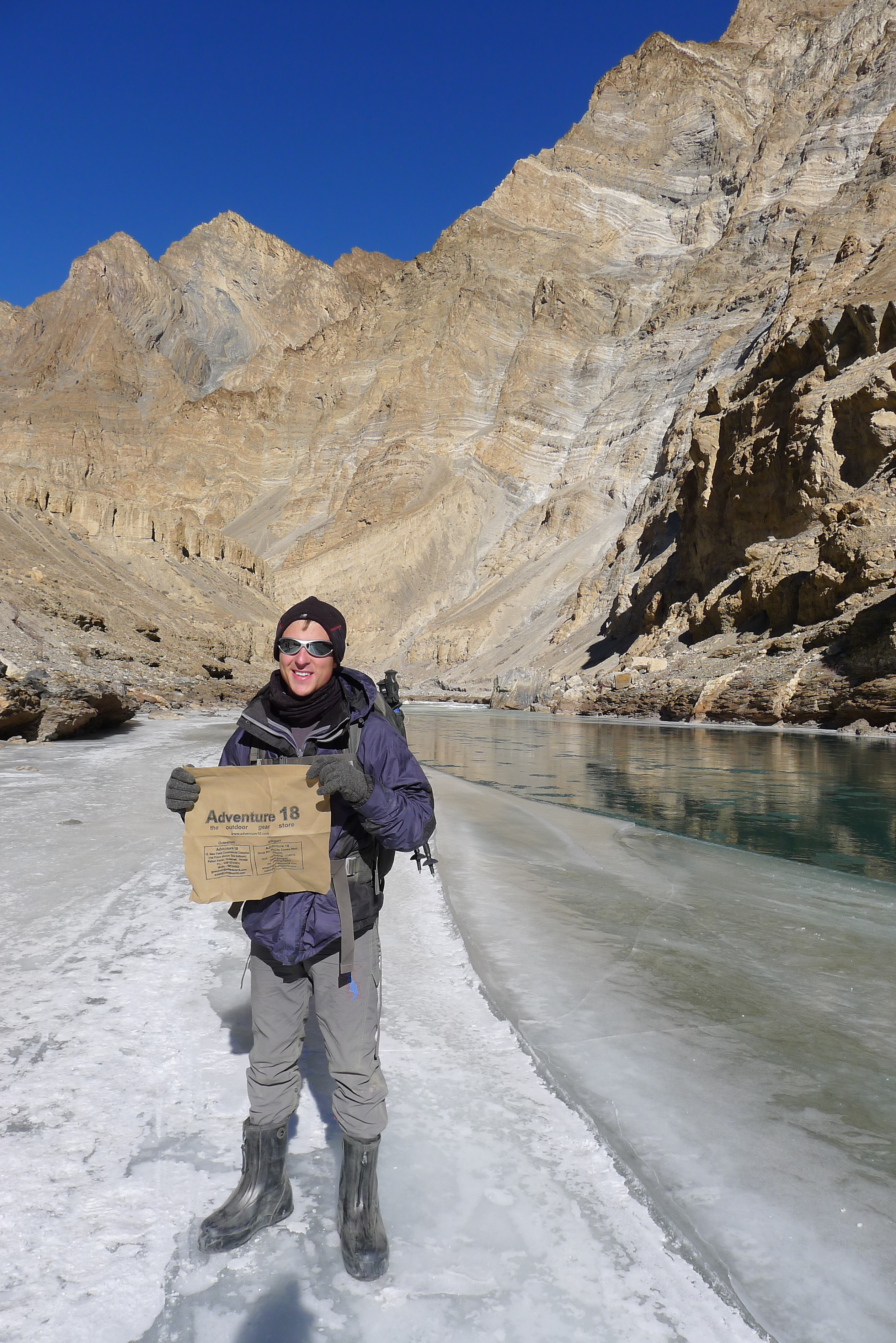
Sunglasses are a must to reduce the glare of the sun rays and to prevent snow blindness.
#6 Headlamps
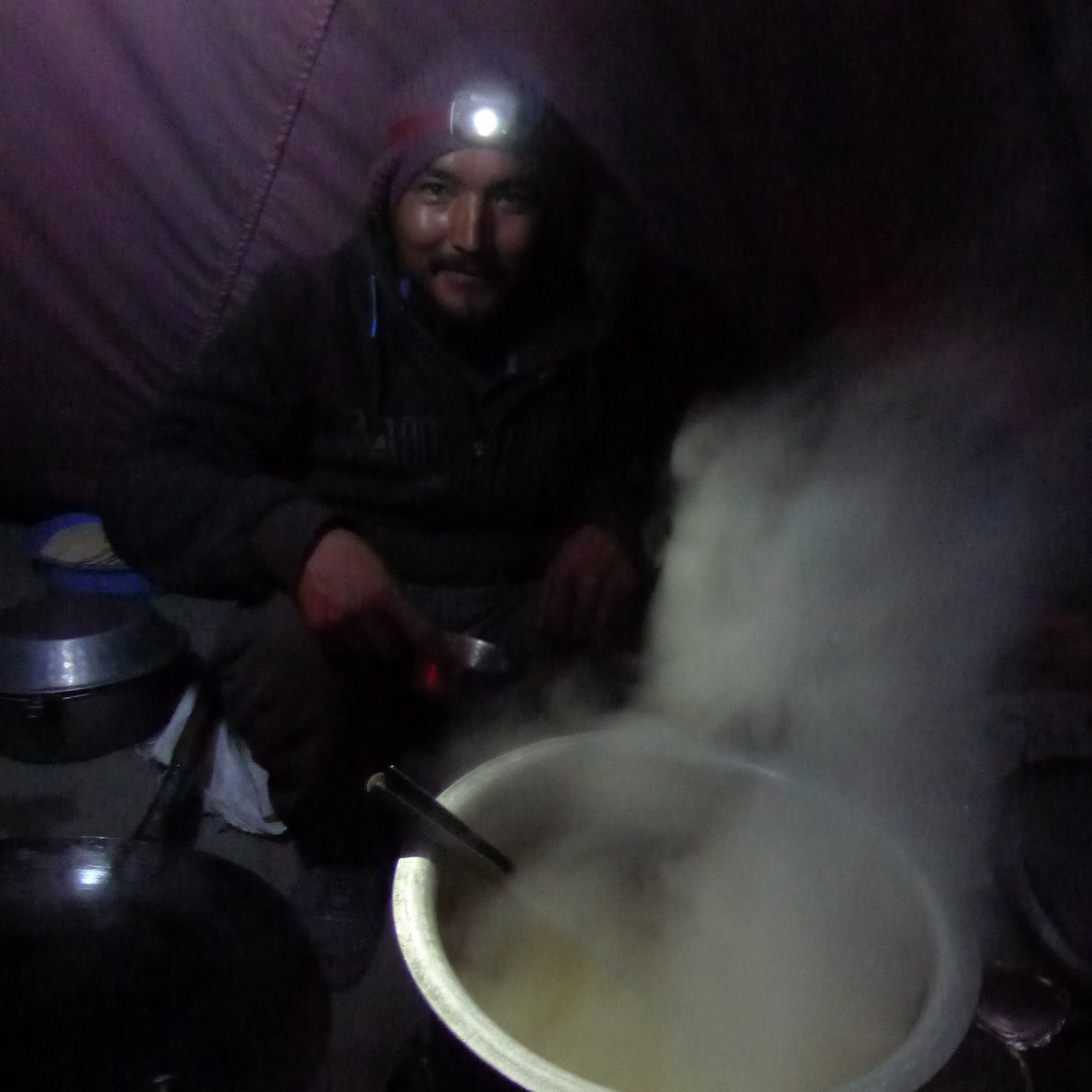
Headlamps are especially useful for moving around the campsite after dark. The sun sets around 5.30pm this time of year. Put it in your backpack where it is easily accessible. I have a habit of fixing it onto my head an hour before sunset so I do not have to fumble around for it in the dark.
#7 Food & medicine
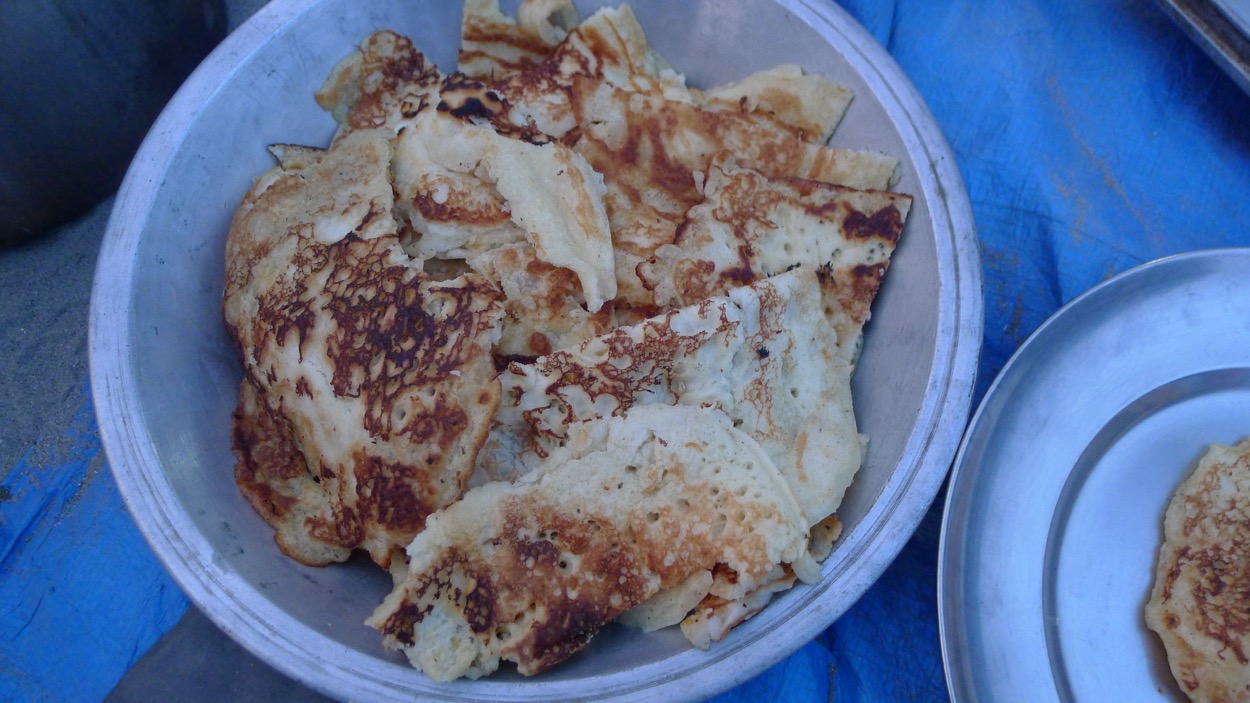
If you are going with a commercial tour operator, do not overly rely on them for food. Meals can get delayed due to the ice and varying weather conditions. Pack along some dried fruit and nuts, trail mix and/or protein bars

as snacks and to keep the hunger pangs at bay.
Bring your own medicine, including basics like aspirin, throat lozenges etc. One member of your group should carry a first aid kit. If you are travelling with a commercial tour operator, check that one of the guides have a first aid kit with them. This should include gauze, bandages, antiseptic, duct tape (useful for all kinds of scenarios, including repairing torn sleeping bags) and a pair of scissors.
For the women, bring along your own sanitary material. Once you have left Leh, there is literally nothing to be purchased for miles around.
#8 Leave no trace
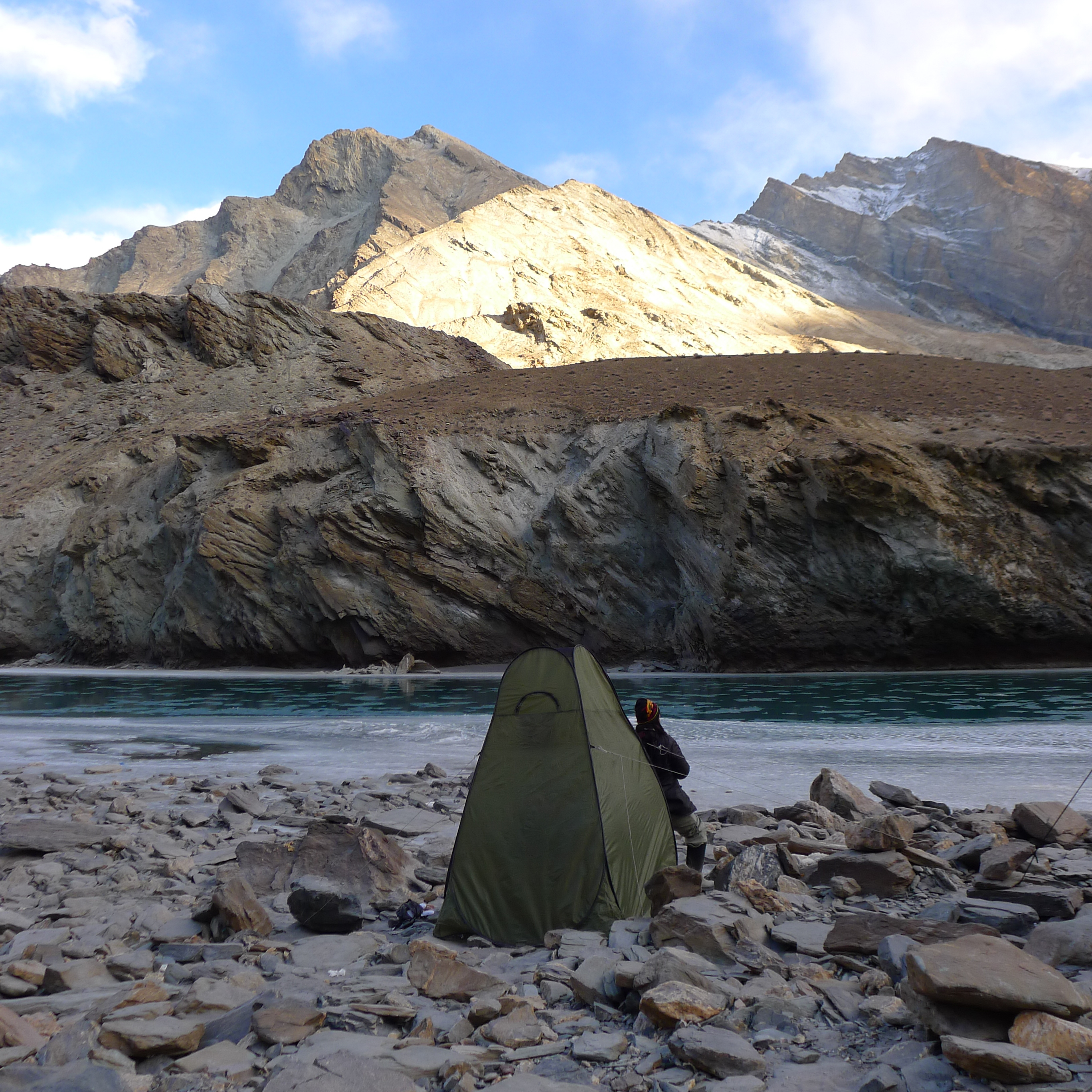
Several commercial tour operators set up toilet tents like the one pictured above. I adhere to the leave no trace policy and so brought my rubbish back to Leh. When it comes to business

of the scatological kind, the norm practised in Ladakh is to leave them behind. It is fine if the waste is buried underground with soil covering it. But to do so on snow and/or ice, is not acceptable practice.
Eirliani trekked on the chadar from 31st January, returning to Leh on 5th February 2016. Her group had to turn back without completing the full route due to the melting chadar upriver. Special thanks goes to Adventure 18’s Mohit Oberoi for sponsoring part of the gear.


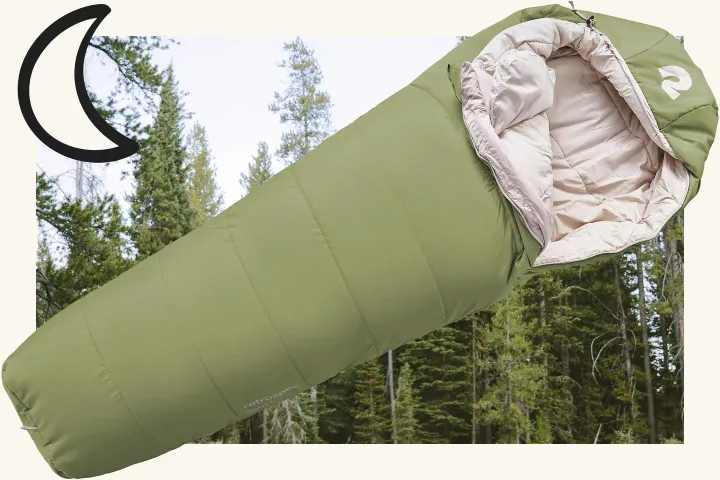
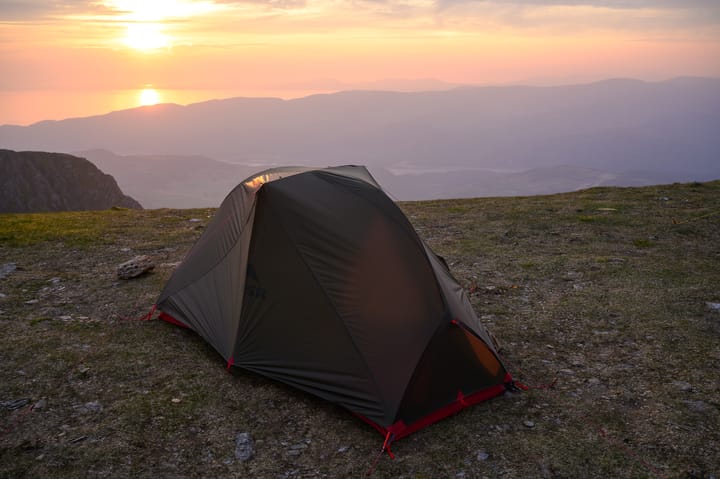
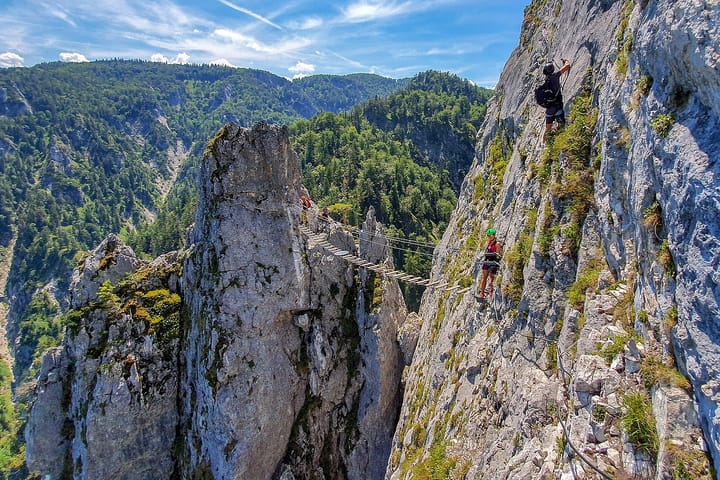
Comments ()